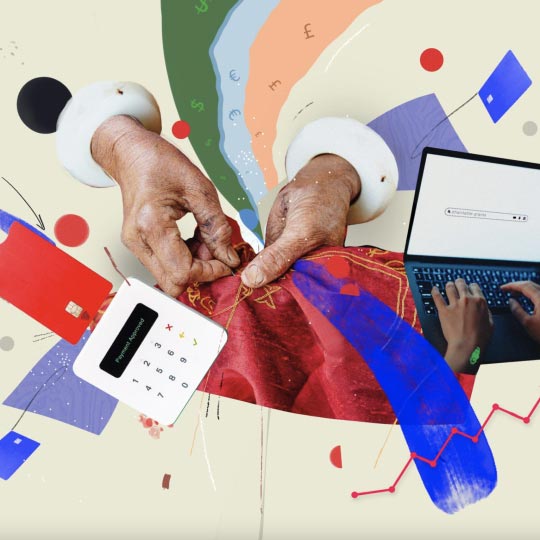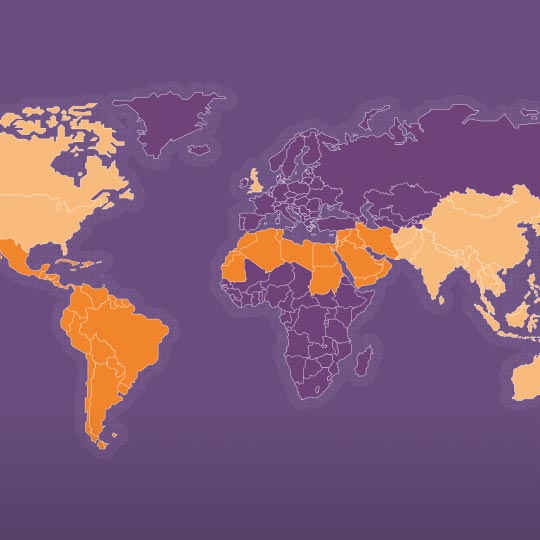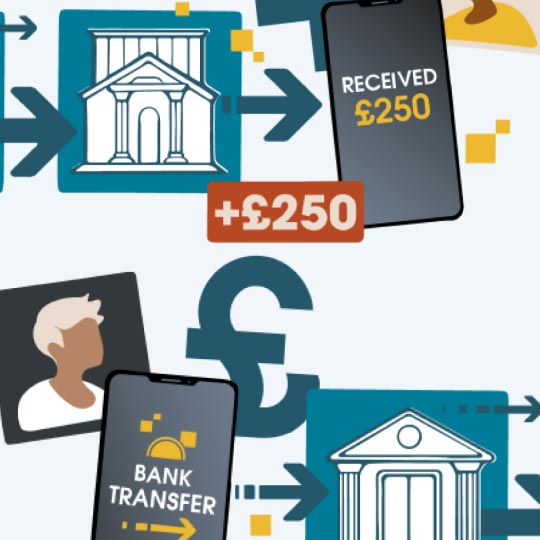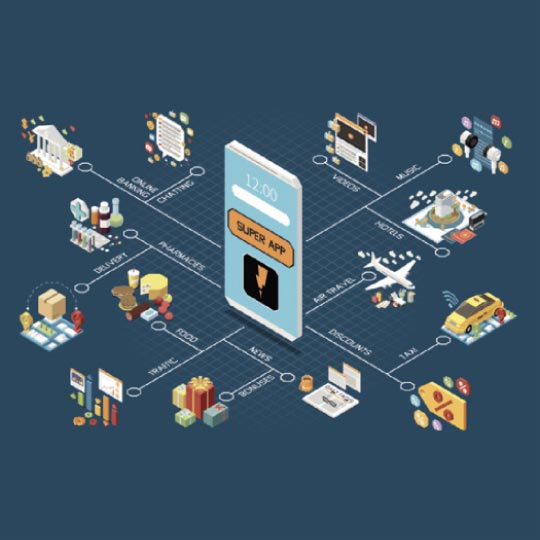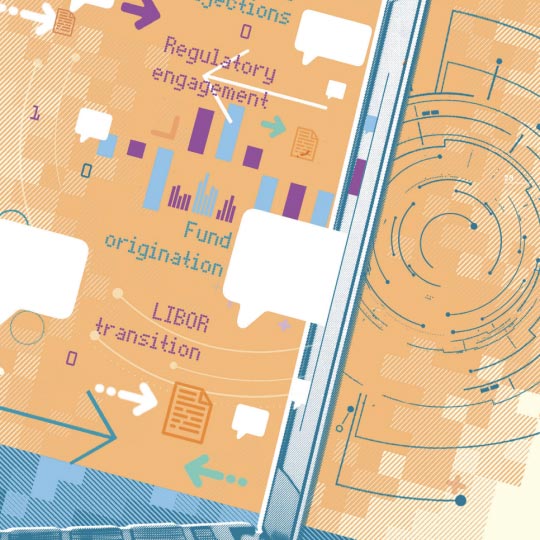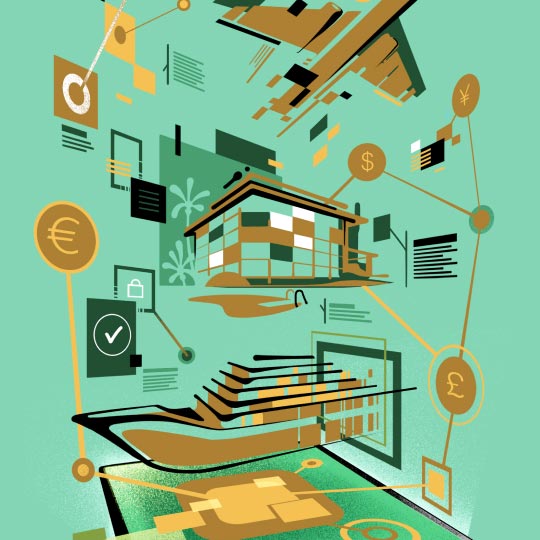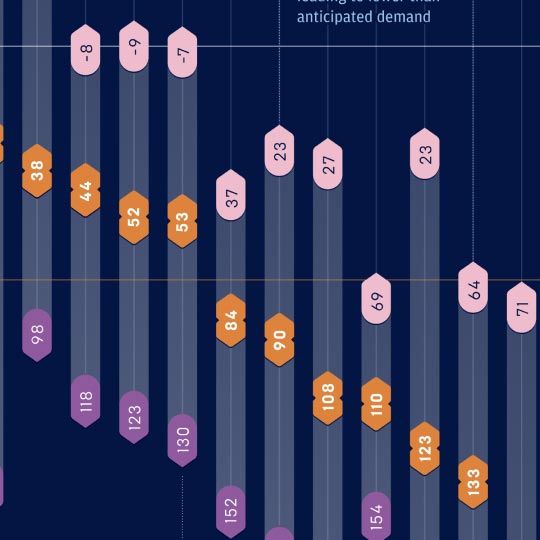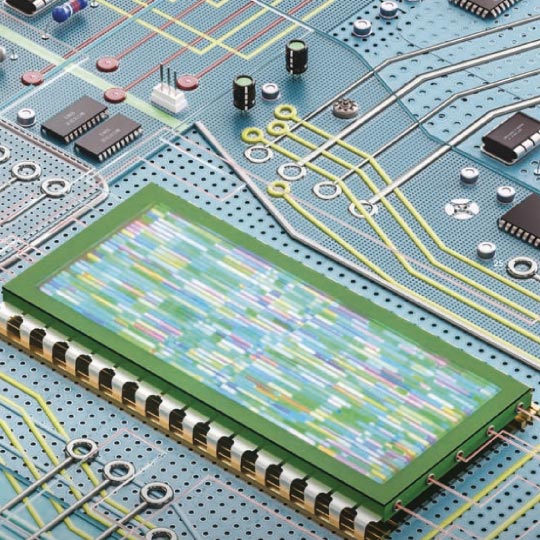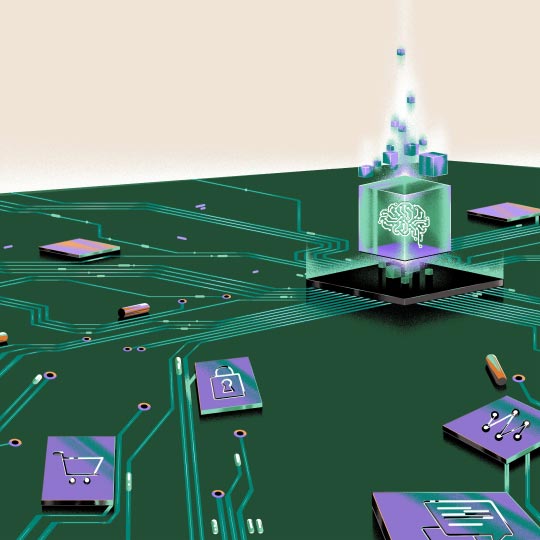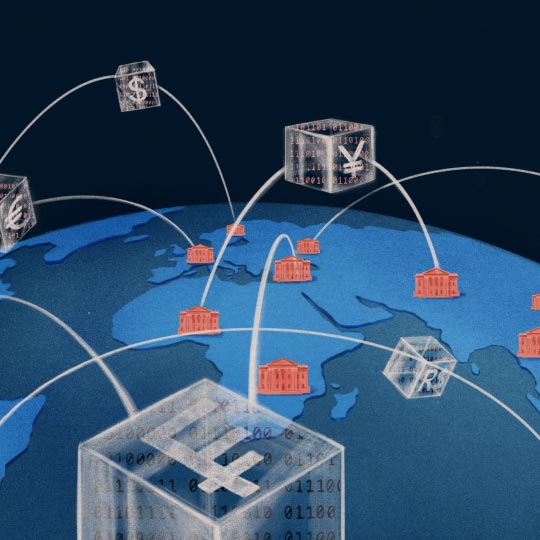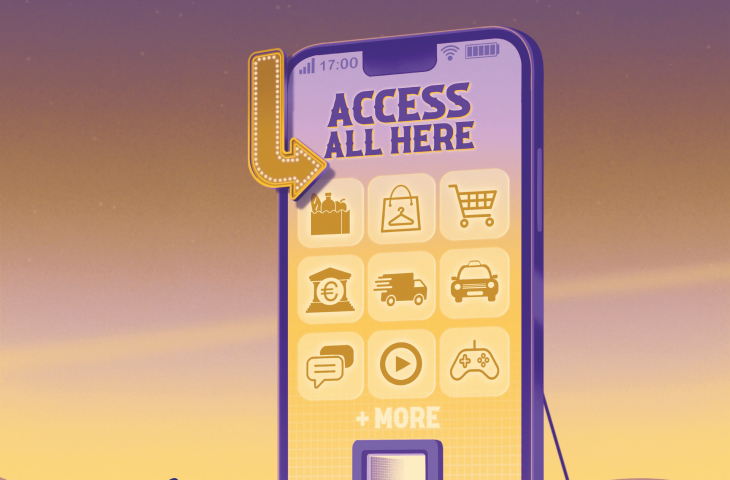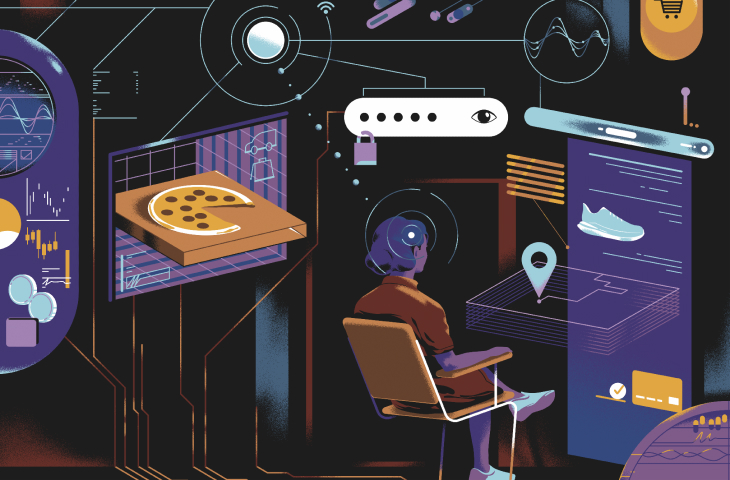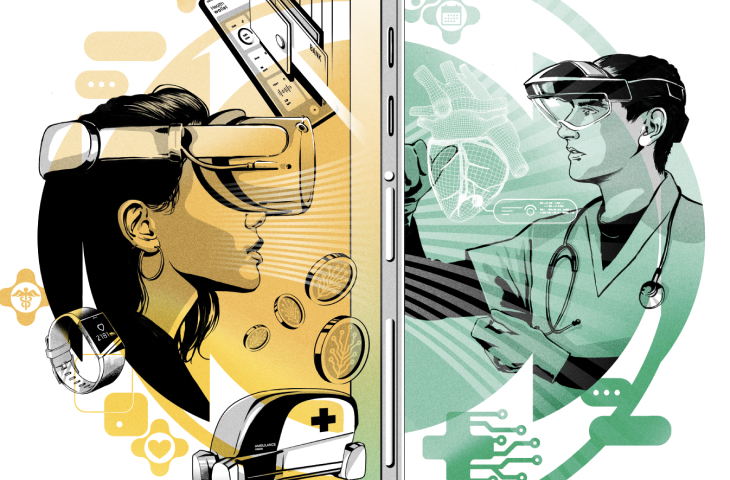From startups to legacy brands, you're making your mark. We're here to help.
-
Innovation Economy
Fueling the success of early-stage startups, venture-backed and high-growth companies.
-
Midsize Businesses
Keep your company growing with custom banking solutions for middle market businesses and specialized industries.
-
Large Corporations
Innovative banking solutions tailored to corporations and specialized industries.
-
Commercial Real Estate
Capitalize on opportunities and prepare for challenges throughout the real estate cycle.
-
Community Impact Banking
When our communities succeed, we all succeed. Local businesses, organizations and community institutions need capital, expertise and connections to thrive.
-
International Banking
Power your business' global growth and operations at every stage.
Key Links
Prepare for future growth with customized loan services, succession planning and capital for business equipment.
-
Asset Based Lending
Enhance your liquidity and gain the flexibility to capitalize on growth opportunities.
-
Equipment Financing
Maximize working capital with flexible equipment and technology financing.
-
Trade & Working Capital
Experience our market-leading supply chain finance solutions that help buyers and suppliers meet their working capital, risk mitigation and cash flow objectives.
-
Syndicated Financing
Leverage customized loan syndication services from a dedicated resource.
-
Commercial Real Estate
Capitalize on opportunities and prepare for challenges throughout the real estate cycle.
-
Employee Stock Ownership Plans
Plan for your business’s future—and your employees’ futures too—with objective advice and financing.
Key Links
Serving the world's largest corporate clients and institutional investors, we support the entire investment cycle with market-leading research, analytics, execution and investor services.
-
Institutional Investors
Putting your long-tenured investment teams on the line to earn the trust of institutional investors.
-
Markets
Direct access to market leading liquidity harnessed through world-class research, tools, data and analytics.
-
Prime Services
Helping hedge funds, asset managers and institutional investors meet the demands of a rapidly evolving market.
-
Global Research
Leveraging cutting-edge technology and innovative tools to bring clients industry-leading analysis and investment advice.
-
Securities Services Solutions
Helping institutional investors, traditional and alternative asset and fund managers, broker dealers and equity issuers meet the demands of changing markets.
Key Links
Providing investment banking solutions, including mergers and acquisitions, capital raising and risk management, for a broad range of corporations, institutions and governments.
-
Center for Carbon Transition
J.P. Morgan’s center of excellence that provides clients the data and firmwide expertise needed to navigate the challenges of transitioning to a low-carbon future.
-
Corporate Finance Advisory
Corporate Finance Advisory (“CFA”) is a global, multi-disciplinary solutions team specializing in structured M&A and capital markets. Learn more.
-
Development Finance Institution
Financing opportunities with anticipated development impact in emerging economies.
-
Sustainable Solutions
Offering ESG-related advisory and coordinating the firm's EMEA coverage of clients in emerging green economy sectors.
-
Mergers and Acquisitions
Bespoke M&A solutions on a global scale.
-
Capital Markets
Holistic coverage across capital markets.
Your partner for commerce, receivables, cross-currency, working capital, blockchain, liquidity and more.
Key Links
A uniquely elevated private banking experience shaped around you.
-
Banking
We have extensive personal and business banking resources that are fine-tuned to your specific needs.
-
Investing
We deliver tailored investing guidance and access to unique investment opportunities from world-class specialists.
-
Lending
We take a strategic approach to lending, working with you to craft the right financing solutions matched to your goals.
-
Planning
No matter where you are in your life, or how complex your needs might be, we’re ready to provide a tailored approach to helping your reach your goals.
Whether you want to invest on your own or work with an advisor to design a personalized investment strategy, we have opportunities for every investor.
-
Invest on your own
Unlimited $0 commission-free online stock, ETF and options trades with access to powerful tools to research, trade and manage your investments.
-
Work with our advisors
When you work with our advisors, you'll get a personalized financial strategy and investment portfolio built around your unique goals-backed by our industry-leading expertise.
-
Expertise for Substantial Wealth
Our Wealth Advisors & Wealth Partners leverage their experience and robust firm resources to deliver highly-personalized, comprehensive solutions across Banking, Lending, Investing, and Wealth Planning.
For Companies and Institutions
-
Commercial Banking
From startups to legacy brands, you're making your mark. We're here to help.
-
Institutional Investing
Serving the world's largest corporate clients and institutional investors, we support the entire investment cycle with market-leading research, analytics, execution and investor services.
-
Payments
Your partner for commerce, receivables, cross-currency, working capital, blockchain, liquidity and more.
-
Credit & Financing
Prepare for future growth with customized loan services, succession planning and capital for business equipment.
-
Investment Banking
Providing investment banking solutions, including mergers and acquisitions, capital raising and risk management, for a broad range of corporations, institutions and governments.
For Individuals
-
Private Bank
A uniquely elevated private banking experience shaped around you.
-
Wealth Management
Whether you want to invest on you own or work with an advisor to design a personalized investment strategy, we have opportunities for every investor.
Explore a variety of insights.
Key Links
Insights by Topic
Explore a variety of insights organized by different topics.
Key Links
Insights by Type
Explore a variety of insights organized by different types of content and media.
Key Links
We aim to be the most respected financial services firm in the world, serving corporations and individuals in more than 100 countries.
Key Links
- Payments
- Payments Unbound
- Payments Unbound - The digital magazine
- Payments Unbound Articles
- How SoftPOS is Enhancing Shopping Experiences
Featuring future-thinking clients
Payments Unbound unites clients from a wide range of industries to bring you innovative insights that help you navigate the future of payments.
How “SoftPoS” is remaking the way we pay
IDEAS BANK
Since the pandemic, it has become second nature to rely on our phones for all kinds of new functions: To check in and out of venues, to carry proof of ID, and—most notably, of course—to pay. Near-Field Communication (NFC) technology has steadily transformed our smartphones into wallets that can be used in ever more places. A UK banking industry body1 found that contactless payments increased by 30 percent to 17 billion between 2021 and 2022. In contrast, cash payments fell to 14 percent of total payments compared to 54 percent in 2013.
Now, mobile devices have a new trick: The ability to accept contactless payments. Dubbed SoftPoS (“software point-of-sale”), also known as tap-to-phone, this technology turns any NFC-enabled smartphone or tablet into a secure contactless payment terminal, able to accept payments2 with just a tap of a customer’s phone or card. No dongle required.
The benefit to the merchant is simple: It eliminates the need to buy expensive point-of-sale hardware and allows the ability to operate wirelessly anywhere. Companies are already forging partnerships to trial the technology,3 and adoption is predicted to skyrocket. According to one forecast,4 contactless payments volume will rise from $195 billion to $408 billion globally between 2022 and 2027, as part of which SoftPOS adoption will grow from six million to 34.5 million merchants over the same period.
Although the idea itself has existed for a short while, recent security standards have spurred an uplift in SoftPoS adoption. We are now beginning to see first-hand the possibilities it unlocks. Most obviously, it is making shopping experiences more seamless. Picture a customer browsing for shirts on a shop floor. A stylist can step in, help the customer to pick out something they want—or check for stock online—and close the sale on their phone or tablet right there among the rails. SoftPoS is therefore seen as an enabler for the emerging concept of “endless aisles”—the idea that customers should be able to access a retailer’s full online stock while in the physical aisle, buying in the shop, and having products shipped to their homes.
The ability to transact quickly and securely on cell phones has implications well beyond retail. Transport companies can take payment on platforms and in transit. One Northern European rail operator,5 for instance, has already enabled train conductors to accept payment with their phones, with the goal of shrinking queues. Workers who are always on the move—from taxi drivers to window cleaners, plumbers to delivery drivers—also stand to benefit, as they can readily accept payments on their phones wherever they are. SoftPoS is particularly attractive for merchants in developing economies, where access to expensive payment terminals, and indeed hardwired connectivity, may be limited.

As SoftPoS contributes to broader momentum in the NFC-enabled payments space, it will help create an enabling context in which planned improvements in NFC technology may come to fruition. These are outlined in the industry’s current road map,6 and all SoftPoS users stand to benefit. Ambitions to extend the range of NFC, for example, mean that where a customer might currently have to hand over their device to pay a cab driver, they may eventually be able to pay from the backseat. More significant, perhaps, will be the arrival of mooted “multi-purpose taps”.7 These facilitate multiple actions in a single tap. In the very act of paying, reward points could to added to the consumer’s brand loyalty card or a digital receipt sent directly to their handset.
Further down the line, SoftPoS has the potential to turn online shoppers’ personal devices into a card terminal. After finding something you want to buy on an e-commerce app, you could simply tap your physical card onto your own smartphone to pay. It would erase the hassle of inputting card details and remove the risk of storing a “card on file” with the merchant.
Fundamentally, however, these innovations are driven by the need for physical commerce to compete with the virtues of the digital world. Customers are accustomed to the convenience of a simple click bringing them anything they desire. They want that experience in the real world, too. Businesses that provide it have an opportunity to gain an edge.
BY WIRED
SOURCES: AS PER WIRED, MAY 2024
IMAGE: GETTY/ ARTHOBBIT
MAGAZINE
Volume 5: Game Changer Volume 4: Ready Payer One Volume 3: Bank to the Future Volume 2: The New World of Commerce Volume 1: The Money Revolution Browse all articlesWEBINARS
View all webinarsYou're now leaving J.P. Morgan
J.P. Morgan’s website and/or mobile terms, privacy and security policies don’t apply to the site or app you're about to visit. Please review its terms, privacy and security policies to see how they apply to you. J.P. Morgan isn’t responsible for (and doesn’t provide) any products, services or content at this third-party site or app, except for products and services that explicitly carry the J.P. Morgan name.



